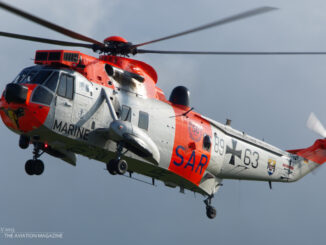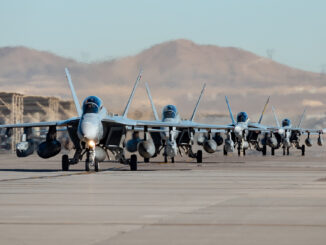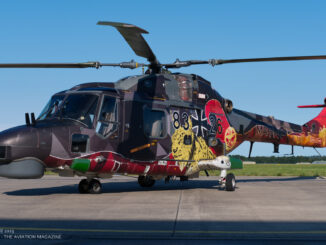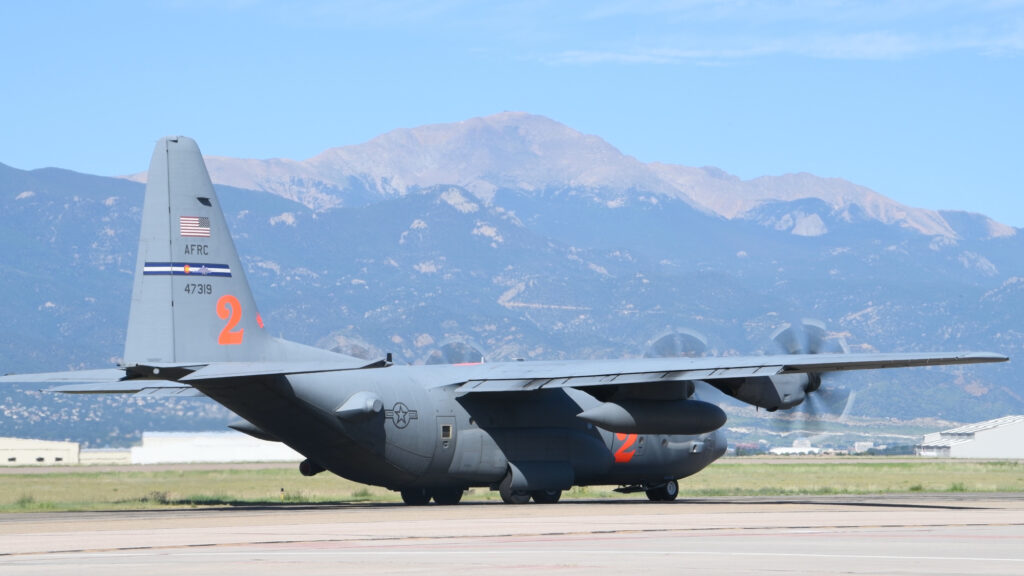 Wildland fires are recently a common subject of news headlines. They are one of the most feared forces of nature due to being nearly impossible to prevent, difficult to control and causing significant damage. It requires a lot of time and resources to supress them, as well as special tactics and specialized equipment, including firefighting aircraft.
Wildland fires are recently a common subject of news headlines. They are one of the most feared forces of nature due to being nearly impossible to prevent, difficult to control and causing significant damage. It requires a lot of time and resources to supress them, as well as special tactics and specialized equipment, including firefighting aircraft.
In the first days of August 2023, the 302nd Airlift Wing of the United States Air Force Reserve, for the first time in the current season, activated their special Modular Airborne Fire Fighting System (MAFFS) to support the firefighting efforts near Klamath Falls in Oregon. It provided an excellent opportunity to take a closer look at that system, as well as to introduce its characteristics and operational history.
The MAFFS programme was established in the early 1970s, as a direct result of so-called Laguna Fire disaster. The wildfire, also known as the Kitchen Creek Fire or the Boulder Oaks Fire, started on 22nd September 1970 in Laguna Mountains, California. The fire raged across the San Diego County until 4th October and caused approximately 234 million USD in damage. It was at that time the third-largest wildfire in history of California that resulted in more than 700 km² of burnt area, 382 destroyed houses and 16 fatal casualties.
Several issues that occurred during the Laguna Fire firefighting actions, especially those related to effectiveness of the then existing aerial firefighting procedures, caused significant changes in the wildlife suppression policy of the United States. One of the key facts was to establish the MAFFS programme by the US Congress that allowed the military aircraft to be quickly converted into firefighting aeroplanes and send to an endangered area.
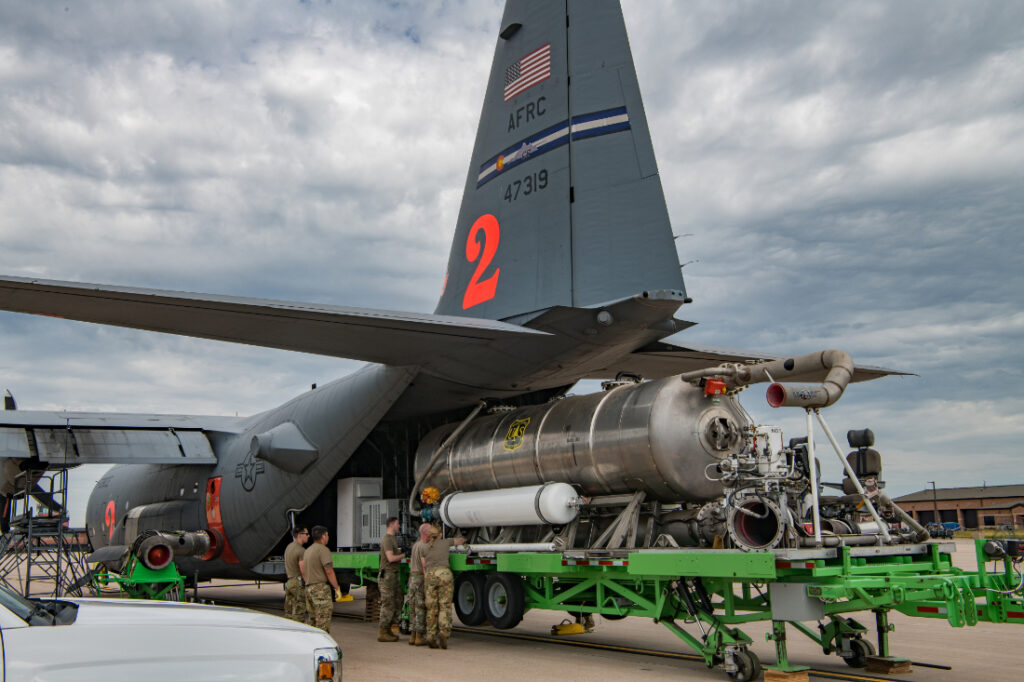
The US Forest Service (USFS) was assigned the task to develop a modular firefighting system that could be used with a standard C-130 Hercules aircraft, without the need for any airframe modifications. Then, the Engineered Systems Division of FMC Corporation was contracted to build a prototype of the system and perform its initial tests. In July of 1971, the first flights of a C-130 airlifter with a two-tank firefighting module onboard, were successfully completed.
The first serial manufactured version of the MAFFS consisted of five pressurized tanks with total capacity of 10,000 litres (2,700 US gallons) and an additional tank with pressurized air. The system weighted about 5,000 kilograms and could be used with any C-130 Hercules of E or H variant.
In the early 2000s, the new, modernized version of the system was introduced, designated MAFFS II. The new module was developed by the Aero Union company and included just a single tank for fire retardant with capacity of 11,000 litres (3,000 US gallons), plus two onboard air compressors. In July of 2008, the upgraded system was for the first time used operationally, installed on a C-130H aircraft.
The MAFFS II can be installed inside H and J variants of the C-130 Hercules aircraft within approximately four hours and, similarly to the previous version of the system, without any structural modifications to the airframe. Both water and fire retardant may be dropped to cover an area of one-quarter mile long and 100 feet wide. The load is dropped in less than five seconds and, while on the ground, the tank may be refilled in less than twelve minutes.
In the United States, there are currently eight operational MAFFS modules, being based at different locations across the country. The aircraft are provided by the 302nd Airlift Wing of the USAF Reserve and the 146th, 152nd and 153rd Airlift Wings of the Air National Guard. The aircrews conduct regular firefighting trainings with the USFS.
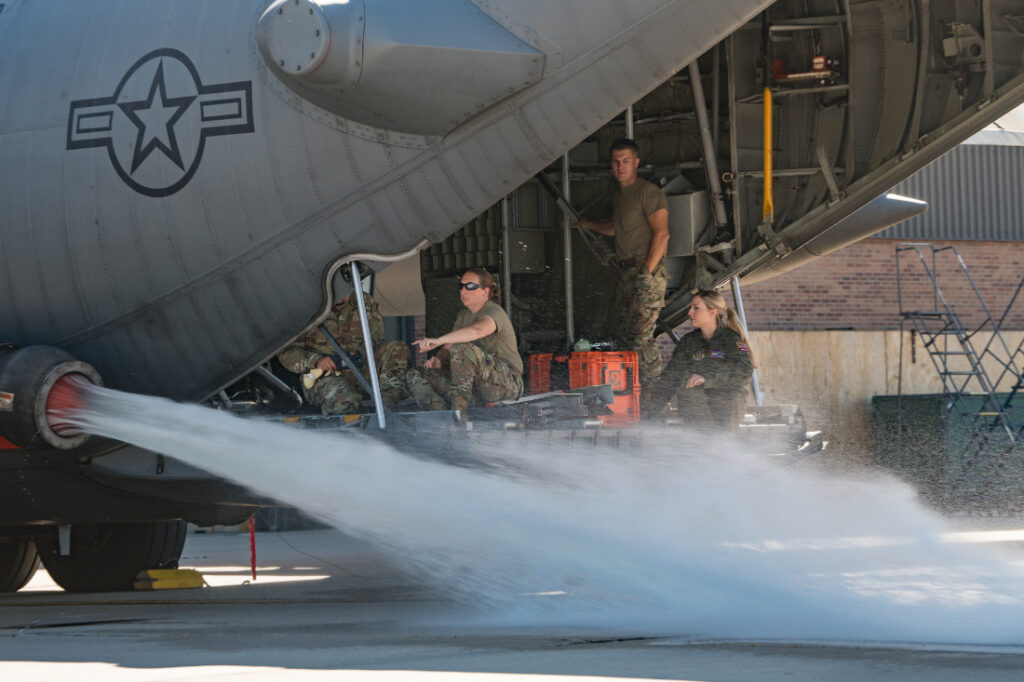
In addition, the MAFFS modules are used by air forces in Colombia, Morocco, Thailand and Brazil. The latter is reported to operate them with both C-130s and Embraer C-390 airlifters.
The 302nd AW, shown in the pictures here, is a longstanding partner of the USFS. In 2018, the unit celebrated its 25th anniversary of participation in the MAFFS programme. On daily basis, the 302nd AW is being based at Peterson Air Force Base in Colorado and supports firefighting efforts in Colorado, California and Wyoming areas.
In previous years, the unit several times displayed the capabilities of the MAFFS module during domestic and international air show events, such as Oshkosh AirVenture, Pikes Peak Airshow or Feria Aeroespacial México. In 2010, training team from the 302nd AW was deployed to Thailand, in order to train the Royal Thai Air Force personnel in the use of the MAFFS module.
On the 1st August of 2023, the 302nd AW opened another season of its firefighting activities. On that day, the MAFFS II modules were mounted inside two C-130H aircraft that afterwards were deployed to southern Oregon in support of firefighting efforts there. Since then, the MAFFS-equipped Hercules airlifters from the 302nd AW will be based at Klamath Fall Airtanker Base.
Currently, according to Oregon Wildfire Response and Recovery, there are 39 active wildfires within the state, with a total of 48,800 acres of burnt-out area.

Cover photo: A 302nd AW C-130H equipped with the MAFFS unit taxis down the parking ramp with Pikes Peak in the distance at Peterson Space Force Base, Colorado, Aug. 4, 2023. (USAF poto by Tech. Sgt. Justin Norton).
All photos by US Air National Guard, Master Sgt. Mysti Bicoy © U.S. Department of Defence (DoD). DoD information materials were used, in compliance with Public Domain licence. The appearance of U.S. Department of Defense (DoD) visual information does not imply or constitute DoD endorsement.

